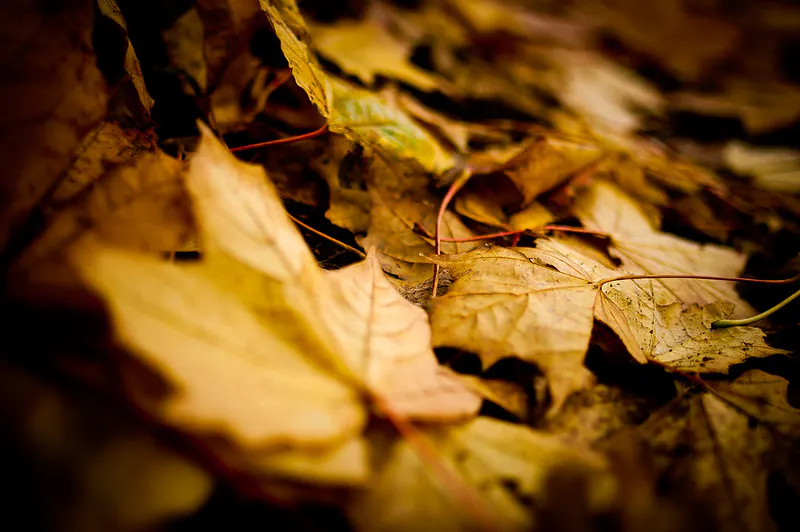Wetwang revisited
Part three, from Rorschach to Rauros
A story like The Lord of the Rings, Tolkien said, ‘grows like a seed in the dark out of the leaf-mould of the mind: out of all that has been seen or thought or read, that has long ago been forgotten, descending into the deeps’ (quoted in Humphrey Carpenter’s Biography). As a philologist, Tolkien reckoned his own ‘leaf-mould’ was ‘made largely of linguistic matter’.
 (Opens in a new window)
(Opens in a new window)If any place in Middle-earth demonstrably grew out of a largely linguistic leaf-mould, it is Wetwang. I’ve already recorded (Opens in a new window) philological debates over the Yorkshire place-name Wetwang, which established that it has probably nothing to do with wet but derives from Old Norse vétt-vangr ‘place of summons’. I’ve also discussed (Opens in a new window) Tolkien’s own musings on Middle English wang or wong ‘cheek’, which he found ‘almost solely recorded in the alliterative formulae wete wonges or to wete þe wonges with reference to weeping’.
In a 1963 letter (Opens in a new window) Tolkien describes the leaf-mould of the imagination as ‘beyond the reach of chemical analysis’. That may be so. Here I attempt only a probing of the ripe mould of Wetwang, offering an idea that can neither be proven nor disproven. I know that as a species we seem hardwired to find faces in clouds, Rorschach blots, or Martian landscapes; yet I am going to find a face in the topography of Middle-earth. To imagine how Tolkien imagined, I want to look at how the marshy Wetwang emerged in The Lord of the Rings in the light of his linguistic leaf-mould.
There’s more to read here … To continue, please sign up as a member and support my research and writing.
See how to join me (Opens in a new window)
Already a member? Log in (Opens in a new window)